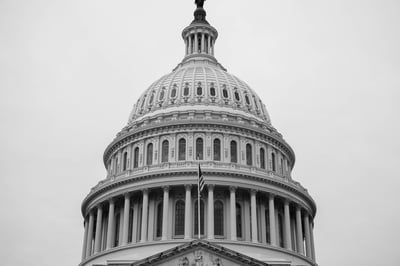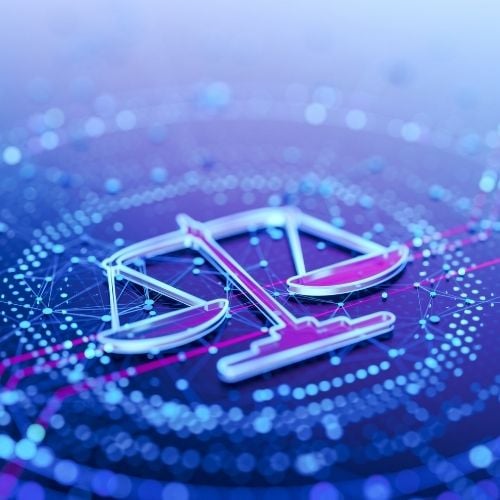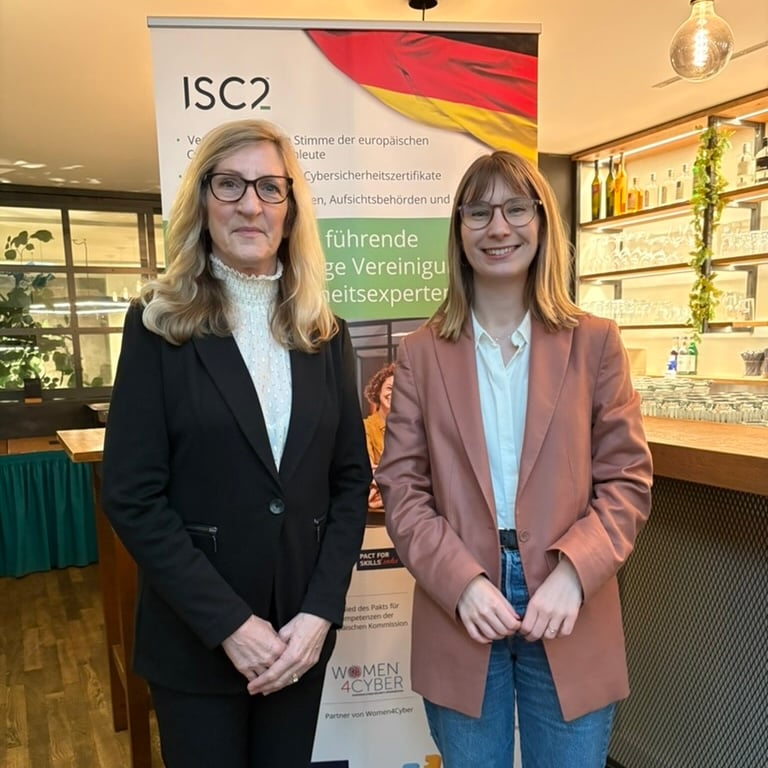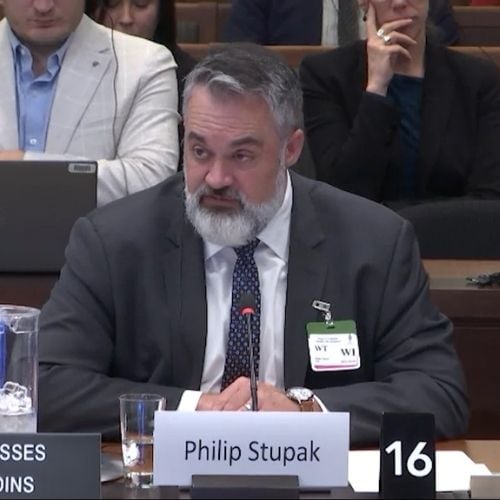 ISC2 was recently invited to participate in a briefing on Capitol Hill
focused on bridging the workforce gap while diversifying the field.
Executive Vice President for Advocacy, Global Markets, and Member
Engagement, Tara Wisniewski took the opportunity to share ISC2’s
perspective on the current state of the cybersecurity workforce and our
vision for the future with the Future of Work Caucus.
ISC2 was recently invited to participate in a briefing on Capitol Hill
focused on bridging the workforce gap while diversifying the field.
Executive Vice President for Advocacy, Global Markets, and Member
Engagement, Tara Wisniewski took the opportunity to share ISC2’s
perspective on the current state of the cybersecurity workforce and our
vision for the future with the Future of Work Caucus.
The panel discussed innovative ways to enhance cybersecurity literacy as well as initiatives that can help mitigate the cybersecurity workforce gap in the U.S. ISC2 was joined by representatives from ISACA, Cyberseek and the National Cybersecurity Alliance. The representatives each discussed ideas for enhancing the workforce and encouraging interest in the sector.
This opportunity allowed us to discuss our extensive research and some of our ideas for growing and securing the U.S. cybersecurity talent pipeline including investing more resources into bringing people into the profession and encouraging more people with little to no cybersecurity experience to gain foundational knowledge and skills by earning an entry-level certification.
While much of the workforce conversation centers around training opportunities currently available to entry, mid-career, and senior professionals looking to change career paths or advance their careers in cybersecurity, we also wanted to talk about improving access to the profession. Ensuring individuals from a variety of backgrounds and with a variety of skillsets were provided the chance to see how cybersecurity could be a fit for their career path and their skills could benefit the sector.
Beyond ensuring more people are provided the chance to access opportunities in cybersecurity, we discussed the importance of ensuring security professionals are trained to respond to the constantly evolving threats facing the United States and the world. There is an increased focus on the changes artificial intelligence and machine learning will bring to every industry and the way we work. It’s important education and professional development evolve with the changing landscape and are able to adapt to the changing threat landscape and evolving technologies.
Technology like AI is going to continue to evolve and regulations, education, and certifications, have to be flexible enough to expand along with it. Government, academia, business, and individuals must work together. Federal agencies will have to work collaboratively with international partners and the private sector to come up with innovative plans to drive positive change for the workforce. A few of our suggestions include:
- Providing pathways for entry-level practitioners to join the cybersecurity field.
- Increasing diversity to close the cyber workforce gap.
- Encourage greater collaboration between public and private sector entities.
- Professionalize cybersecurity.
Cybersecurity certifications are particularly valuable because they demonstrate the individual understands the processes and best practices of the sector,” said Tara Wisniewski, during her testimony. “As the cybersecurity profession continues to evolve, it will lead to a more digitally skilled population and more resilient organizations and infrastructure. Certifications are a critical part of this work.”
Certifications are designed to be both a catalyst into a cybersecurity career and an essential tool for advancement and success. Our certifications, education and networking are critical assets in strengthening cybersecurity skills and resiliency for individuals, infrastructure and organizations. We are encouraged by these conversations in Washington that embrace the importance of certifications for entry -and junior level cybersecurity professionals. In addition, certifications for senior level security personnel allows them to evolve their skills quickly and effectively with the changing landscape.
We must be able to adapt to the changing needs of the sector. That includes cybersecurity professionals and the training and education they rely on to provide them with accurate and up-to-date information to perform their job functions. It will take all parts of the eco system working together to provide more cyber readiness resources across all levels and roles of the sector to close the workforce gap and ensure cyber readiness.


